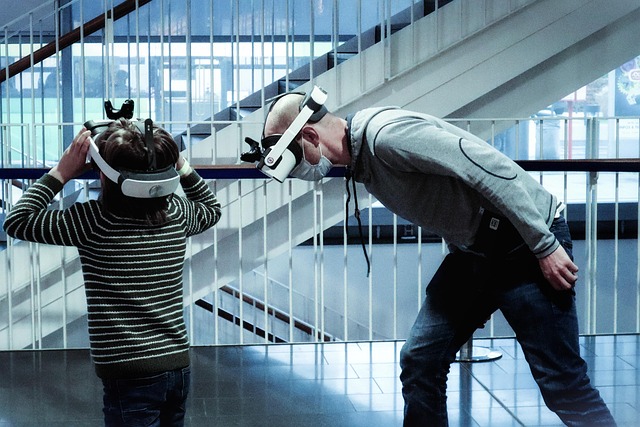Immersive Beginnings
Imagine stepping into a digital realm so vivid that you can feel the texture of ancient cobblestones underfoot or hear distant waves crashing against a virtual shore. This is the power of a well-crafted simulation environment—a foundational pillar in the evolving worlds of virtual reality, augmented reality, and the metaverse. As software enthusiasts, developers, and curious explorers, we stand at the precipice of boundless innovation, where code transforms into experiences that stir the senses and expand our perception of reality.
Virtual Reality: Crafting Fully Immersive Worlds
Virtual reality (VR) takes the concept of a simulation environment to its most comprehensive extreme. By enveloping users in 360-degree visuals, spatial audio, and haptic feedback, VR systems transport us to fantastical landscapes or hyper-realistic settings. Whether you’re training for high-stakes surgery in a medical simulator or battling dragons in a sprawling fantasy realm, VR relies on powerful software engines to orchestrate every pixel, sound wave, and physical cue.
Key elements shaping VR simulation environments:
- Realistic Physics Engines: They calculate gravity, collisions, and object behaviors in real time.
- High-Fidelity Graphics: Detailed textures and dynamic lighting enhance immersion.
- Spatial Audio: Sound that moves around you heightens presence and situational awareness.
- Haptic Feedback: From vibration vests to handheld controllers, tactile sensations ground you in the virtual world.
As headsets become lighter and processing power grows, VR software teams continually refine these simulation environments, bridging the gap between digital construct and lived experience.
Augmented Reality: Enhancing the Everyday
While VR replaces reality entirely, augmented reality (AR) layers digital content onto our physical world, creating hybrid simulation environments where the boundaries between real and virtual blur. AR applications range from smartphone filters that animate our selfies to industrial tools that overlay schematics onto complex machinery. The magic lies in seamlessly anchoring virtual objects to physical surfaces, ensuring they stay put even as we move around.
Core components of AR simulation environments include:
- Markerless Tracking: Utilizing SLAM (Simultaneous Localization and Mapping) to understand and map physical spaces on the fly.
- Object Recognition: Identifying and tracking real-world objects to attach digital annotations or 3D models.
- Light Estimation: Matching virtual lighting to ambient conditions so digital elements cast believable shadows.
- Gesture and Voice Controls: Allowing intuitive interactions with virtual overlays.
Developers working on these AR platforms are challenged to optimize performance for diverse hardware—smart glasses, tablets, or smartphones—while architecting simulation environments that feel as natural as looking through a window rather than into a screen.
The Metaverse: A Persistent Digital Cosmos
Enter the metaverse: an expansive network of interconnected simulation environments that persist regardless of whether any single user is logged in. In this vision, VR, AR, and traditional 2D interfaces converge into one sprawling digital cosmos. You might attend a live concert in a virtual amphitheater with friends from across the globe, test-drive electric vehicles in a shared showroom, or collaborate on architectural blueprints in mixed reality.
Essential building blocks of a metaverse simulation environment:
- Interoperable Avatars and Assets: Unified standards so digital identities and items travel across different worlds.
- Decentralized Infrastructure: Blockchain or distributed ledgers that govern ownership, transactions, and digital scarcity.
- Real-Time Collaboration: Scalable servers and peer-to-peer networking to support thousands of concurrent participants.
- Cross-Platform Integration: Bridging VR headsets, AR glasses, consoles, and mobile devices under one coherent ecosystem.
Software architects are now devising the frameworks and protocols that will allow these virtual domains to communicate, share data, and evolve—essentially replicating the open standards of the early internet on a three-dimensional plane.
Embracing the Future of Simulation Environments
From fully immersive VR landscapes to AR-enhanced city streets and the sprawling horizons of the metaverse, simulation environments are reshaping how we learn, play, and connect. As software developers and enthusiasts, we have a front-row seat in crafting these digital frontiers. Every line of code contributes to a richer tapestry of experiences that resonate emotionally and socially, inviting users to step beyond screens and into worlds limited only by imagination.
Whether you’re prototyping an AR app that guides museum visitors, building a VR training module for first responders, or envisioning the next metaverse platform, remember: at the heart of every transformative experience lies a simulation environment—an intricate, living system that melds creativity with computation.




